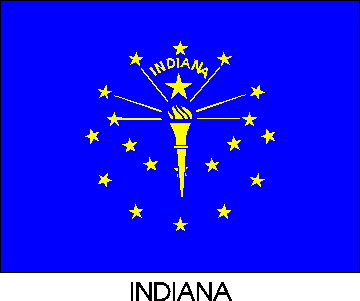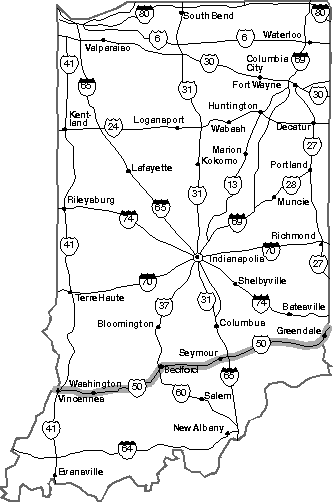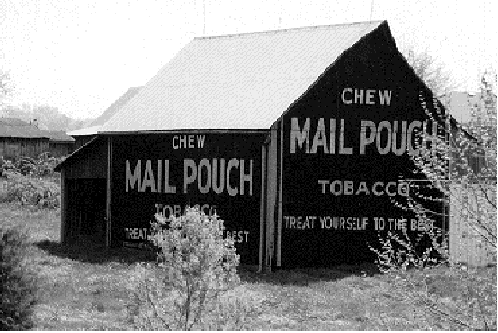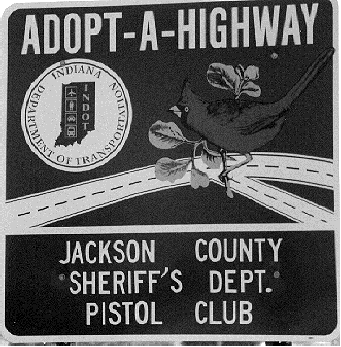
US 50 -- Indiana
Copyright 2012 W. Berg Press

Welcome to Indiana - The Hoosier State.
The capital is Indianapolis.
State motto is: The Crossroads of America.
We have lunch on the riverbank of the Ohio
River at the Lesko Park. This park is located in Aurora and runs along the Ohio
river for about 1 mile. There are plenty of places to pull off and watch
the
river go by or rest in shelter houses built by the local Lions
club. There is a walking trail that runs from the end of Lesko Park all
the way into Lawrenceburg. The river is pretty wide here and during floods
carries lots of debris. The Ohio is a powerful waterway.
We received a travel advisory for
this area.
The First German Protestant Church which was established in 1874 is on
Fifth Street near the river bank. A short distance from there, Hill Forest is located at
213 Fifth Street. This residence was built in 1852 and reflects the grand lifestyle of the
state’s wealthy citizens during the late 1800s. The Italian renaissance mansion has a
steamboat verandah with a wrought iron balcony that offers an excellent view of the Ohio
River.

We see our first “Chew Mail Pouch Tobacco” painted barn. The
company went out of business in 1955. Harley Warrick became the lone painter to carry on a
tradition that goes back many years.
North Vernon is on slow time. If you never heard about fast time and
slow time, then you must come to Indiana. I don’t think I can explain it. It is very
complicated. All I can say-each county may use a different time than the county you are
coming from. Check the local bank, but don’t ask the people, because I understand
they go to work at fast time and the children go to school at slow time. So you must
ask-are you telling me fast time or slow time?

In Jackson County, we see the most beautiful Adopt-A-Highway sign from
the Indiana Department of Transportation. The sign depicts a red cardinal, the state bird,
above a highway crossing on a blue background. The Pistol Club of the Jackson County
Sheriff’s Dept. has adopted this portion of US 50. I thank them for their effort to
keep Indiana and US 50 beautiful. As we drive through Brownstown we notice
in the middle of town the old and distinguished looking court and county
building.
Bedford is world famous for its limestone production and has provided
the building material for many government offices in our national capital. Even our
church, the Langley Chapel, at Langley Air Force Base in Virginia, uses Indiana limestone
to support its structure.
We drive through towns with strange names, such as Loogootee. In
Washington we become a little homesick. You may want to check out Daviess
County & Amish Tourist information.

Vincennes, Indiana. Since
we are from Virginia, we want to visit the George
Rogers Clark National Historical Park. George Rogers Clark campaigned for Virginia
during the American Revolution. The park is located at 401 S 2nd Street on the
banks of the Wabash River. A huge memorial building made from granite and marble
commemorates the site on which in 1779 Clark and his small force of frontiersmen captured
Fort Sackville from the British. Soon we find out that the history of Vincennes is a
vibrant and moving story. Ancestors of Indians lived here some 12,000 years ago. Many,
many years later, the Piankashaw and Shawnee Indians called this area home. French
trappers were among the first White men that came. They built cabins, cleared land,
married Indian girls, raised families and stayed. Soon French missionaries came,
witnessed, taught and established congregations. Sieur de Vincennes was commissioned to
build a fort on the Wabash River as defense against the British expansion. From 1763 till
February 1779, the British occupied the fort and renamed it Fort Sackville. On February 5,
1779, George Rogers Clark departed from Kaskaskia on his famous march to Vincennes to
capture Fort Sackville. On February 25, 1779, Colonel Clark marched into the fort and
raised the American colors. To show Clark’s greatness as a leader, we find three
quotations from him inside the memorial: Great things have been effected by a few men well
conducted -- Our cause is just . . . our country will be grateful -- If a country is not
worth protecting it is not worth claiming.
While touring the memorial, we notice a peculiar flag with thirteen
horizontal stripes. The flag has seven red and six green stripes. We know there were
thirteen colonies, but we have never seen this flag. Mr. C. Hayes is a park ranger and
historical interpreter with the Department of Interior. He gives us the following account
from his research:
The red and green striped flag, displayed in the Clark Memorial, is
often called “Clark’s Flag.” However Captain Leonard Helm, whom Clark had
sent to Vincennes in August 1778 as commander, was responsible for the creation of the
flag. In a letter to Clark, Helm mentioned that he had acquired some red and green serge
and had hired a Madame Godare to make the flag Clark had requested. In “The Fortunes
of Francis Vigo” by John T. Faris, it is stated: “The flag contained thirteen
stripes of red and green. Madame Godare made the crude emblem, and when Clark presented to
Virginia his statement of expenses this included ‘5 ells of red serge, 45 cents and
three and three-fourths ells of green serge, thirty-seven and one-half cents.’”
Col. Hamilton, in his journal written after his surrender, mentions Clark’s
thirteen-stripe flag. Although Clark had used red and white belts (representing the choice
of war or peace) for the Indians of Illinois, Helm had used red and green in his dealings
with the Vincennes area Indians. It is believed white serge may not have been available in
Vincennes. However the French, of that time and of that area, were known to favor bright
colors so it may have been the choice of Madam Godare.
Nearby, we can see the Lincoln Memorial Bridge and the Old Cathedral.
The bridge has been restored and cleaned recently. It is very pretty, picturesque and has
an interesting design.
The Old Cathedral was first built in 1702. Its interior is magnificent
and reminds us of churches in Europe. It has massive stained glass and decorated altars in
the fashion seen mostly in older churches in Europe. It is well worth a stop and visit
these great American shrines.
For those visitors who are interested in architectural design, I
recommend you follow the city architectural tour. These buildings were
constructed during different time periods and have different design
influences-some from France, some from Germany, and some from other parts of the
United States and are much more luxurious than what you would find in standard apartments.
Knox County Court House is made
of Bedford limestone and construction was finished in 1874. It is still in use today. Its
structure, Romanesque Revival, is very unique. It has a large bell tower on the right
side.






